Twenty years ago, tattooing was still something you whispered to your mom about before Thanksgiving dinner. Mainstream culture didn’t care much at all about the history and cultural significance of tattoos. But fast forward to today. Now, tattoo culture is all over your screen, your feed, and probably your barista’s forearm. What happened? Well, plenty happened, but reality TV is a big part of the equation that made tattoo culture so front and center. Reality TV gave millions of viewers a peek behind the curtain into the mysterious lives of tattooers and their clients.
This blog breaks down how reality TV took tattooing from subculture to spotlight, and what it means for artists and clients today.
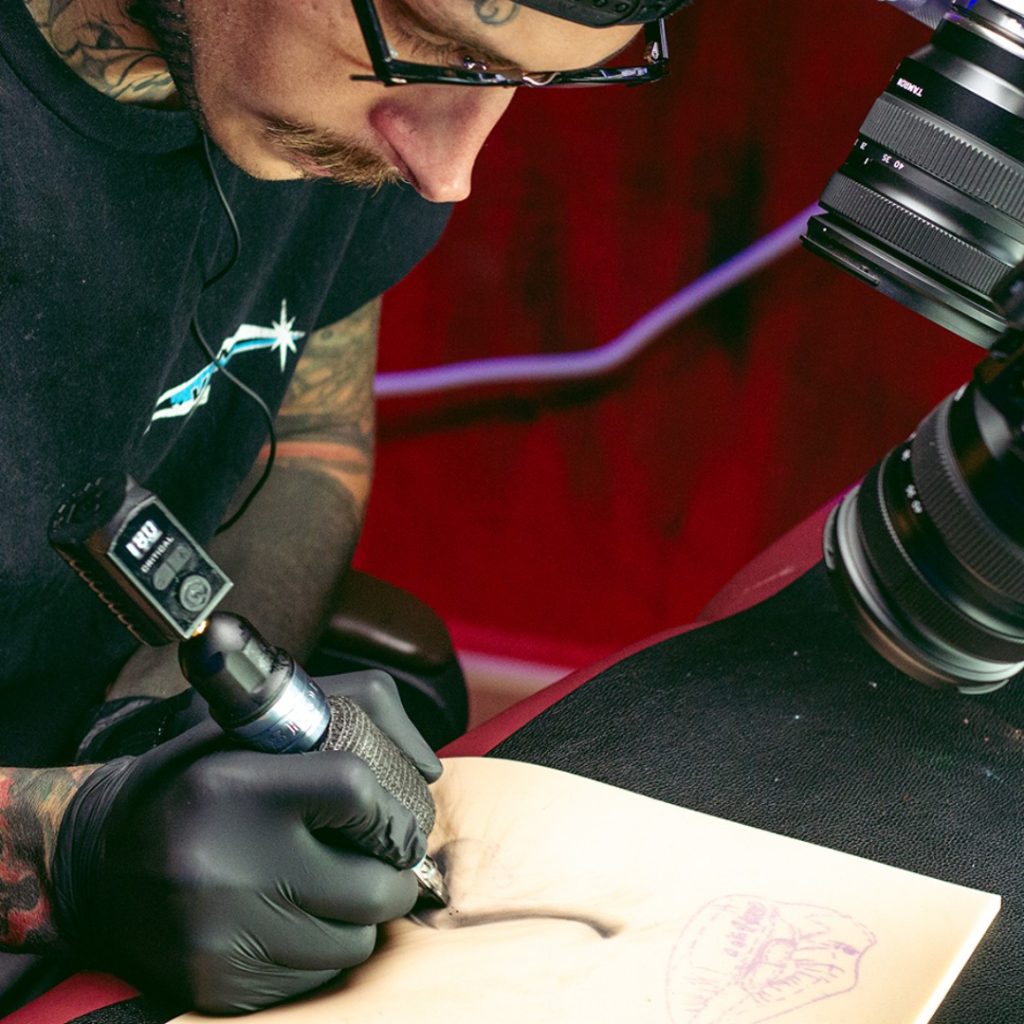
Tattooing Before TV
For many people, walking into a tattoo shop was super intimidating. Shops and artists weren’t always welcoming, and there wasn’t much (if any) information available to the average client about what makes a tattoo “good.” Without much to go off, even people who were interested in getting tattooed had a hard time navigating the space and figuring out where to start.
Consequently, it makes perfect sense that the average person knew much or anything at all about the history and cultural significance of tattoos. Tattoos were often seen as edgy at best, deviant at worst—and definitely not something you’d see on a prime-time show.
The Most Influential Tattoo Reality TV Shows
Given the mystery and intimidating factor, tattooing lived largely in the margins. Tattoo shops often had an extremely niche clientele: bikers, metalheads, and others who preferred alternative lifestyles. But not for long.
Miami Ink Brought Stories to the Forefront
Enter Miami Ink, which hit the airwaves in 2005. The show helped spotlight bold, expressive styles, like the West Coast style tattoo: known for its black and grey realism, fine lines, and heavy Chicano influence. This show didn’t only showcase tattooing, so people could see it in action and marvel at the needle striking the skin. It also showcased the culture behind the machines and the stories behind custom pieces for various clients. Viewers tuned in for the designs but stayed for the drama, the emotions, and of course the chest pieces. They felt connected to the artists and clients in ways that weren’t possible before tattooing hit cable.
Ink Master Showcased Artists’ Skillsets
Then came Ink Master in 2012, a full-blown competition where artists battled it out through grueling challenges, wild critiques… and, you know, the occasional meltdown. Ink Master truly broke the mold, giving curious audiences all the same things Miami Ink offered. Yes, it dazzled viewers with real-time shots of tattoos getting made and provided an extra dose of drama along with it. But it also diluted the mystery of tattooing even further, introducing technical concepts that artists formerly gatekept. Concepts like saturation, ink flow, how a machine works, and needle groupings to a mainstream audience.
So, Ink Master didn’t just show viewers what made a strong tattoo, it exposed them to tons of different techniques and aesthetics. Now there wasn’t just what you saw on your garden variety flash sheet at your local shop. Suddenly, the average person became familiar with different styles, from Japanese traditional to hyperrealism to the iconic West Coast style tattoo. (And voilà—suddenly, your cousin Chad had opinions on linework.)
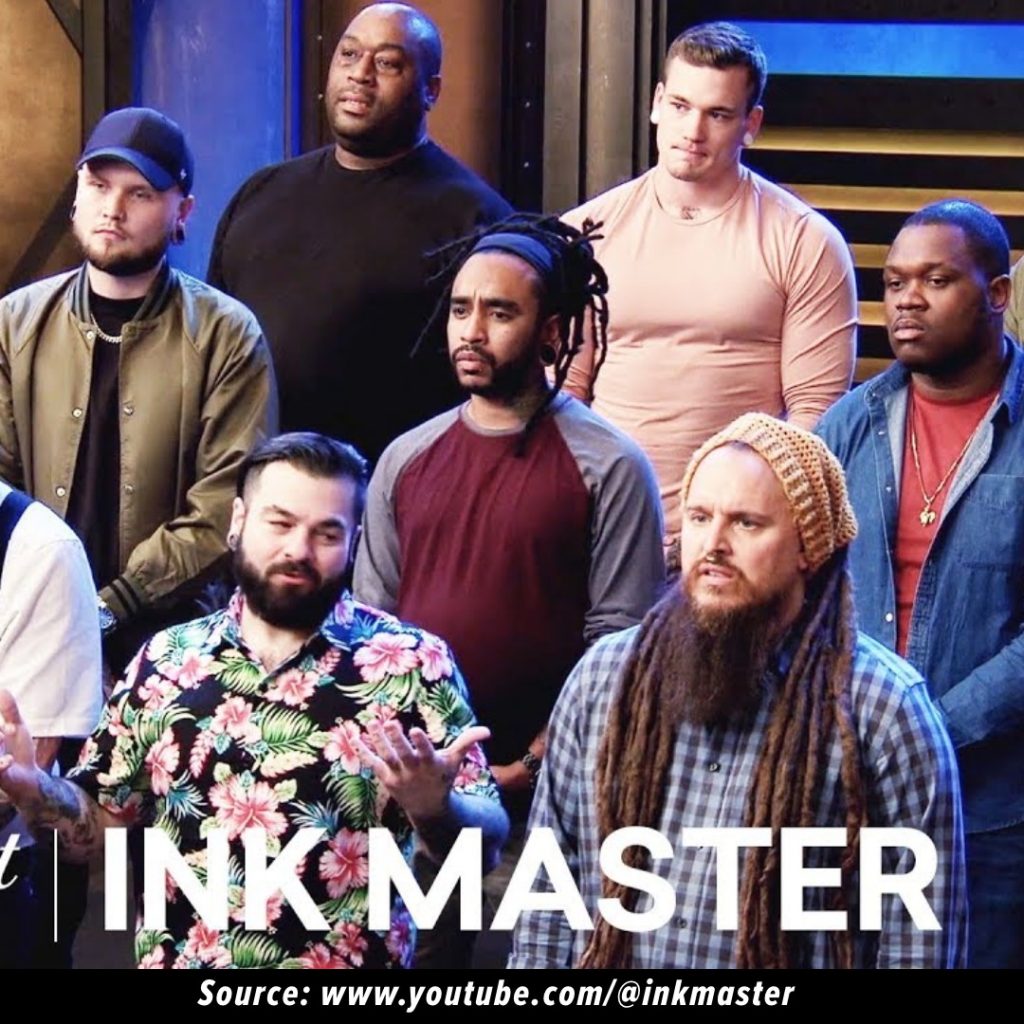
Ink Master increased the demand for reality TV centering around tattoos, and soon others came along. Spin-offs like LA Ink, Black Ink Crew, and Tattoo Nightmares only fueled the newfound obsession with ink. Each added its own flavor, but together, they created a tattoo TV empire that made tattoo culture pretty much impossible to ignore.
Famous Tattoo Artists
Suddenly, celebrities looked a little more gritty. Reality TV turned talented artists into household names (if you had cable).
Names like Ami James, Kat Von D, Chris Núñez, and Ryan Ashley Malarkey didn’t just crush it on screen; they became full-blown celebrities. They gained massive followings, launched product lines, and opened high-profile studios.
And here’s the cool part: these famous tattoo artists inspired a whole generation. Artists watching at home saw that they could build real careers (and massive platforms) while staying true to their creative vision. It was ink meets influence.
Famous Female Tattoo Artists Who Took the Spotlight
Some of the most unforgettable, genre-defining tattoo artist celebs to emerge were women.
Here are just a few of the famous female tattoo artists who didn’t just become their own kind of celebrity and revamp tattoo culture—they also helped prove that tattoo artists aren’t all gruff dudes waiting to intimidate you at the door.
Kat Von D (@thekatvond)
Kat Von D didn’t just walk onto Miami Ink, she owned the screen. With sharp eyeliner, serious talent, and a whole lot of glam, she quickly became reality TV’s first breakout tattoo star. After LA Ink, she didn’t slow down—she became a two-time New York Times bestseller, launched a beauty empire, and even stepped into the music scene. Oh, and casually founded the MusInk Tattoo Convention and Music Festival in 2008, blending tattoos, art, and music into one seriously cool event.
Ryan Ashley Malarkey (@ryanashleymalarkey)
World-renowned tattoo artist Ryan Ashley made Ink Master history as the show’s first-ever female winner—and she’s been on a roll ever since. She came back as a judge, hosted Ink Master: Angels, and continues to kill it with her insane ornamental style as co-owner of Elysium Studios in Grand Junction, Colorado, Ryan is well-known for intricate linework, glowing gemstones, and designs that look like high-end jewelry (but for your skin).
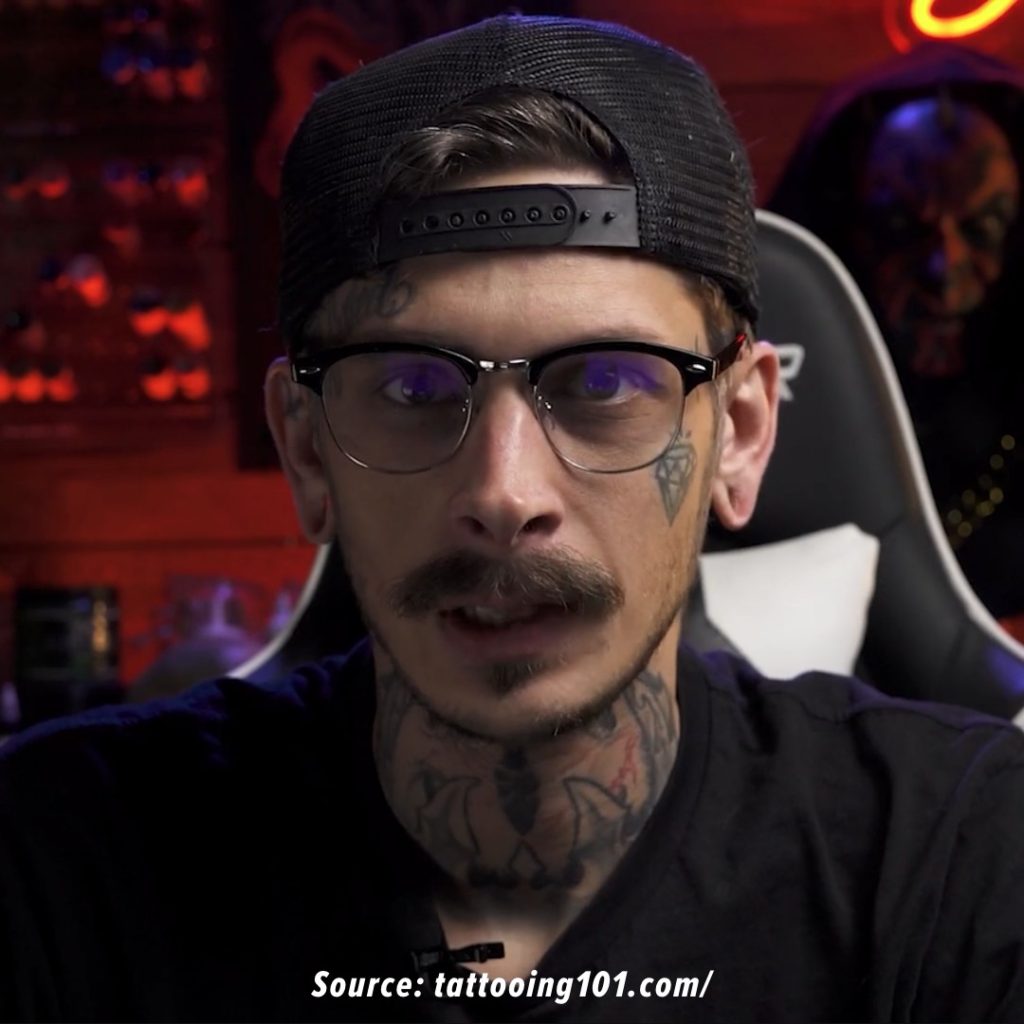
Female Artists Nowadays
Not every iconic artist came up through a TV show. With social media now being a form of reality TV in its own right, and tattoo culture a fixture in the modern zeitgeist, there are countless tattoo artists admired as celebrities.
But the female artists above helped pave the way for today’s artists who identify as women, many of whom we’re proud to work with.
Megan Massacre (@megan_massacre)
Megan Massacre can pretty much do it all—portraits, pets, coverups, color explosions—you name it, she tattoos it. As a co-founder of Grit N Glory Tattoo in New York City, Megan has built a rep for tackling tough designs without ever boxing herself into one style. Whether it’s realism, whimsy, or a tricky rework, her range is wild, and her work speaks for itself: bold, beautiful, and totally her own.
Amanda Graves (@amandagravestattoo)
Artist Amanda Graves specializes in glitter tattoos, where creativity, an open mind, and total patience reign. Based at Dark Arts Tattoo Studio in Bel Air, Maryland, Amanda delivers the full glittery experience with her signature style. Her secret weapons? Super-precise stipple shading, tons of creativity, and full artistic control.
These famous female tattoo artists helped shake off the old-school, boys-only vibe the industry was known for. They brought representation, visibility, and a fresh perspective, paving the way for more women, queer artists, and non-binary creatives to step into the spotlight and own the needle.
How Has Reality TV Shaped Tattooing?
The short version? It changed everything.
😎1. It Made Tattooing Mainstream
Before TV, tattoo shops were often intimidating places. Artists often gatekept the secrets of tattooing, and studios were often “fringe shops” that didn’t exactly have a welcoming, client-first mentality. Reality TV changed that, diluting the mystery, revving up mass interest, and turning formerly intimidating folks into celebrated figures. Suddenly, tattoos weren’t just for bikers and metalheads, they were for your dentist, your yoga teacher, and probably your mom.
🧠2. It Educated the Masses
Like we said above, shows like Ink Master helped demystify the craft. Regular folks started recognizing solid techniques: clean lines, smooth shading, smart placement. Clients began coming in with better questions—and, in no time at all, better Pinterest boards and very specific custom requests.
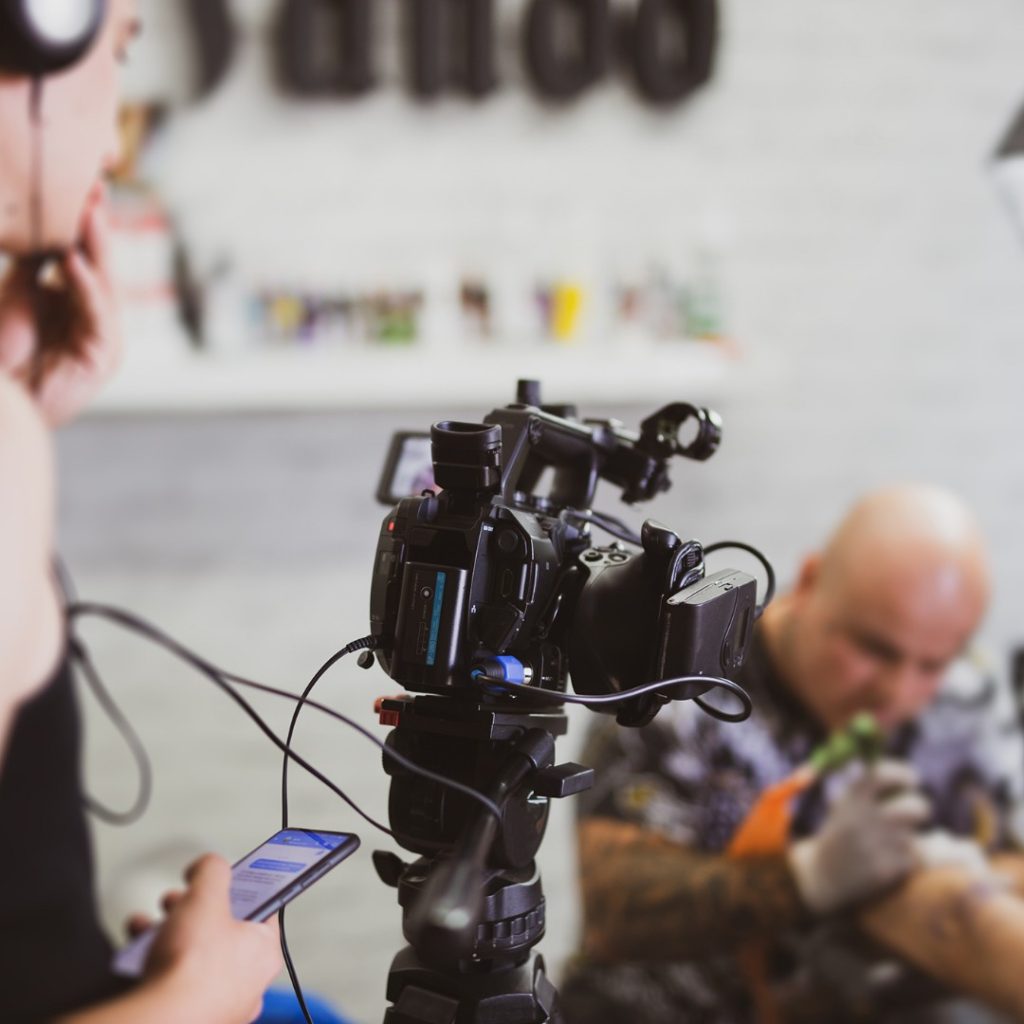
📈3. It Raised the Bar for Artists & The Industry in General
Tattoo TV didn’t just make clients smarter; it made artists better. More eyes meant more pressure to perform. Standards around cleanliness, professionalism, and client experience went up fast. You couldn’t just be a decent artist anymore. You had to be great. Moreover, with demand increasing, tattoo shops couldn’t be the unwelcoming establishments of yore anymore.
The Flip Side: What Reality TV Got Wrong
Let’s be real, TV magic isn’t always reality.
Editing made tattoos look like quick, one-hour masterpieces. In real life? That full-back dragon sleeve takes multiple sessions, and some serious snacks.
Some new artists came in expecting instant fame and a rockstar lifestyle. But without the fundamentals (hello, consistent linework), that spotlight fades fast. And clients? They’d show up with screenshots and a $100 budget. Oof.
Bottom line? Reality TV is entertainment. Real tattooing is a craft: one that takes time, hustle, and a lot of gloves.
A Surge of New Artists
As the cameras rolled, people got inspired. Suddenly, everyone with a sketchbook wanted to become a tattoo artist. Apprenticeship requests skyrocketed. Shops were flooded with portfolios and eager hopefuls looking for their shot.
To meet the demand, online tattoo education platforms like Tattooing 101 popped up, giving new artists the tools to learn safely and start strong.
This boom also brought more diversity into the scene. Plus, more artists meant more styles, more stories, and even more attention to the deep history and cultural significance of tattoos, which continues to influence modern designs in surprising and meaningful ways.
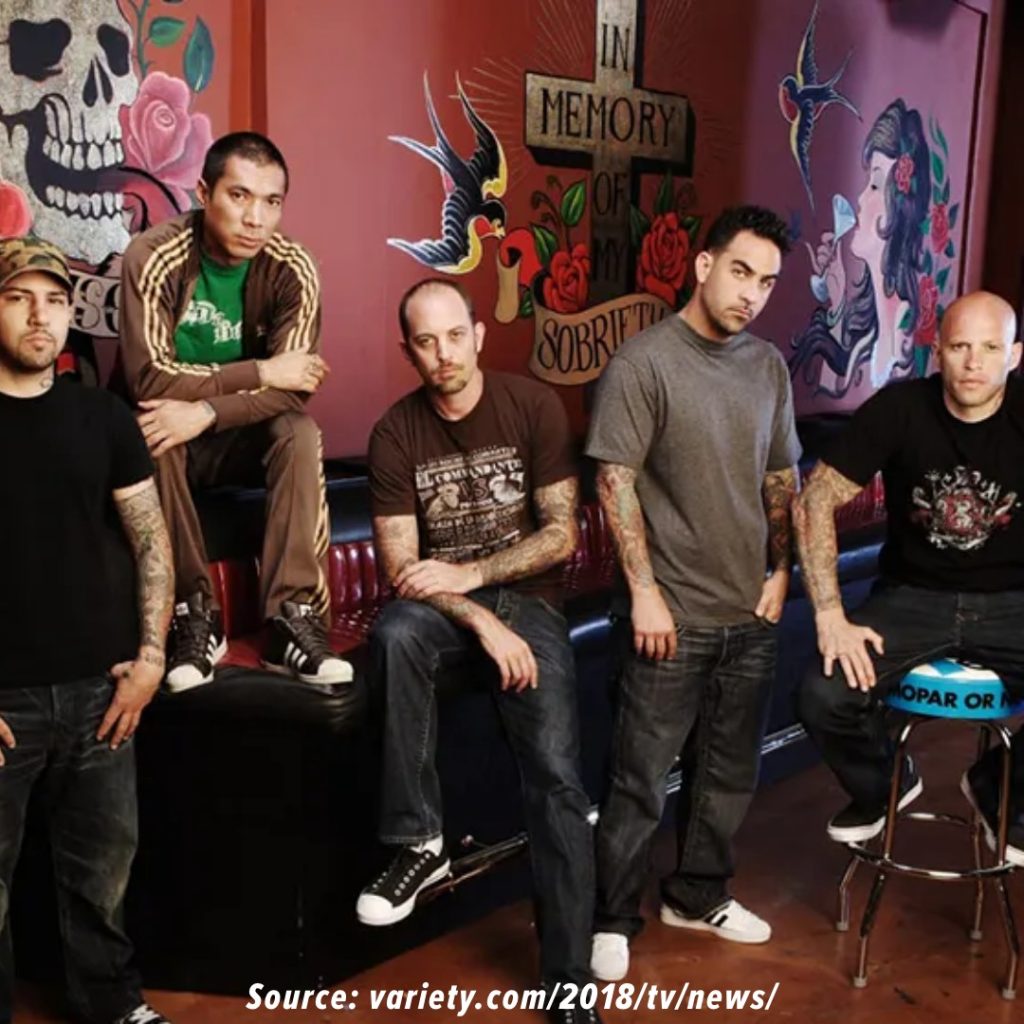
In Sum: The New Era of Ink
So, what now?
Tattoo TV cracked the door open, but now it’s social media that’s blowing it off the hinges. Platforms like TikTok and Instagram let artists become their own producers, showing their work, telling their stories, and building communities—all without waiting for a network to call.
Now, the most famous tattoo artists aren’t just TV stars. They’re the ones who stay true to the art, connect with their audience, and know how to stand out in a scroll-happy world.
Tattoo reality shows helped turn a niche scene into a global movement. They gave us famous artists, inspired future legends, and raised the bar for everyone. But now the ink is in your hands.
Stay sharp. Stay humble. And don’t believe everything you see on cable. 💯
This blog was written in collaboration with Tattoo 101, the world’s largest online tattoo school. Check out this page for more educational content from Tattoo 101.


Comments are closed here.